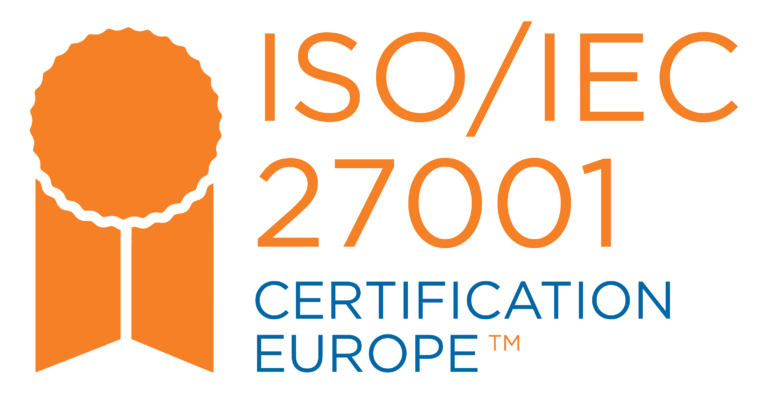What is it
We at Toovio define the diversity paradigm as the equilibrium of the diversity of features associated with customer behavior and digital stimulus.
Customer behavior refers to any transactional data a customer generates as they interact with an organization.
Digital stimulus is any content across digital channels that the organization distributes intentionally or simply makes available to its’ customers.
Features are data attribution that describe the characteristics of the transaction. Examples of features could be; time, daypart, color, weight, size, location, price, source, quantity, name, category, department, channel, tone, etc. These features are best curated by human domain expertise first and by machine intelligence second.
Where it comes from
The diversity paradigm arose from decades of observations resulting from the failures and successes implementing 1:1 real-time interaction management technology. Specifically, in these technology implementations trying to drive increased response rates through more relevant digital stimulus. In several cases we found that simply increasing the diversity of the stimulus with random arbitration (no predictive modeling) would significantly increase response rates. In fact, we have observed that the diversity paradigm indeed does have a greater impact on response rates than say the predictive power (measured by lift and or gains) in the underlying modeling scores in basic “top offer” prioritization scheme.
Why it is important
Rationally, we began to ask ourselves simple questions against these observations…
How many kinds of customer behavior are there?
Vs.
How many kinds of digital stimulus are there?
Historically, we certainly did not know how many different kinds of customer behaviors there were, but our best guess would be somewhere between say 75 – 150. Certainly, a variety of arguments could be made for more or less diversity but what we do know as fact is the number of current digital stimulus. The digital stimulus diversity can be counted and for most organization this number is quite small in comparison to anyone’s guess of the number of digital stimulus. We believe this to be a fundamental problem for anyone trying to drive incremental sales and or behavior through digital stimulus.
Join us in our next blog where we discuss how to drive incremental sales with diversity.
